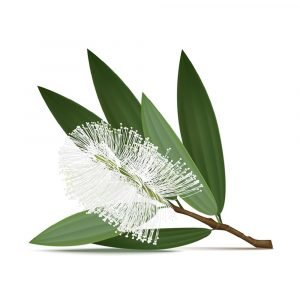Nutmeg Materia Medica
$5.00
Nutmeg and mace have similar scents and flavors but mace is more delicate and refined in these references. Nutmeg is used across cultures in a wide array of dishes and is also used to flavor tobacco. It is also used in the manufacture of perfumes, soaps and shampoos. The ancient Egyptians used it for embalming the dead, and the Italians once used it as an ingredient of incense for the purpose of warding off plague.
Among the ancient Greek and Romans, nutmeg was commonly used as a brain tonic while in the Middle Ages, nutmeg was used as a stomach tonic, and nutmeg ointment
was a common treatment for hemorrhoids. In India, Ayurvedic physicians use nutmeg to treat headaches fever, halitosis, intestinal disorders and premature ejaculation. Ancient Arabian medical texts classify nutmeg as an aphrodisiac as well as a medicine for stomach and kidney disorders. In Chinese medicine, nutmeg is used to treat abdominal inflammation and pain. Nutmeg is still used in the manufacture of inhalants and liniments used to relieve the respiratory congestion associated with colds and flu.
Download this chapter to learn more about NUTMEG—Myristica fragrans.
somdn_product_page




